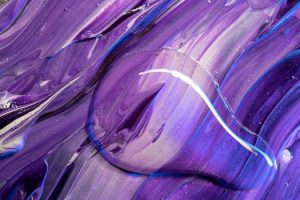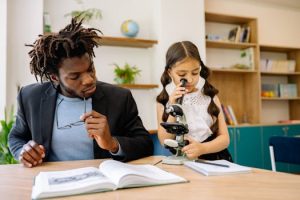Arts Integration: Boosting Academic Performance
Arts integration has been gaining traction in recent years as a powerful tool for enhancing academic performance. This innovative approach combines creative expression with traditional academic subjects, allowing students to learn through a variety of mediums. By connecting the arts with core academic content, this methodology offers a unique and effective way to boost students’ academic abilities and improve their overall educational experience. In this article, we will explore the benefits and techniques of arts integration and how it can positively impact academic performance.
The Importance of Arts Integration in Education
As education continues to evolve, there is a growing recognition of the critical role that arts play in our daily lives. The arts provide a unique means of communication, expression, and creativity that are essential for personal and intellectual growth. Integrating the arts in education offers students a more holistic learning experience that aligns with their diverse interests and strengths. It also has a significant impact on academic performance by increasing student engagement, motivation, and overall achievement.
Enhancing Critical Thinking and Problem-Solving Skills
Arts integration allows students to approach academic subjects in a more creative and open-ended manner. By connecting concepts with hands-on projects, students are encouraged to think critically, experiment, and solve problems independently. This process enhances their ability to analyze and interpret information, draw connections between various subjects, and develop innovative solutions to complex problems. As a result, students become more confident and well-rounded learners, equipped with essential skills for success in the 21st century.
Improving Communication and Collaboration
Collaboration is a fundamental skill in today’s workforce, and arts integration provides the perfect platform to cultivate it. Through group projects and performances, students learn to work together, communicate effectively, and appreciate the value of diverse perspectives. This not only improves their social and emotional skills but also allows them to gain a deeper understanding of academic subjects. Arts integration also promotes a sense of inclusivity, as students with different abilities, backgrounds, and learning styles feel valued and accepted in the learning environment.
Engaging Students and Enhancing Learning
Artistic expression has a powerful impact on the human brain, activating different regions and stimulating creativity. Integrating the arts in education offers students a dynamic learning experience that is tailored to their individual needs and interests. This, in turn, results in higher levels of engagement, motivation, and enthusiasm for learning. Students are also more likely to retain information when it is taught in a way that appeals to their unique learning style. As a result, arts integration can improve retention rates and overall academic performance.
Techniques for Implementing Arts Integration in the Classroom
The success of arts integration in boosting academic performance relies heavily on the educator’s ability to execute it effectively in the classroom. While the methods may vary depending on the subject, grade level, and students’ needs, here are some general techniques that can help maximize its impact:
Interdisciplinary Connections
Arts integration is all about connecting subjects from different disciplines. Educators can identify opportunities to incorporate art projects into various academic areas, such as history, science, and math. For example, students can design and create costumes for a play based on a historical event, combining elements of art and history.
Flexibility and Adaptability
Incorporating art projects into academic subjects requires flexibility and adaptability on the part of the educator. Teachers must be willing to modify their lesson plans and allow students to explore their creative ideas. They must also be open to integrating new art forms into their curriculum, such as dance, music, or digital media.
Connecting with Local Artists and Resources
Collaborating with local artists or inviting them to the classroom can bring a new perspective and connect the students with the community. Teachers can also utilize local resources, such as museums, theaters, and cultural centers, to expose students to various art forms and provide them with hands-on experiences.
Conclusion
In conclusion, arts integration is a valuable tool for boosting academic performance and should be embraced in education. By connecting the arts with traditional academic subjects, students are provided with a well-rounded and engaging learning experience that enhances critical thinking, communication, and collaboration skills. To make the most out of arts integration, educators must strive to implement it effectively, be open to new ideas and resources, and foster an inclusive and supportive learning environment for their students.











